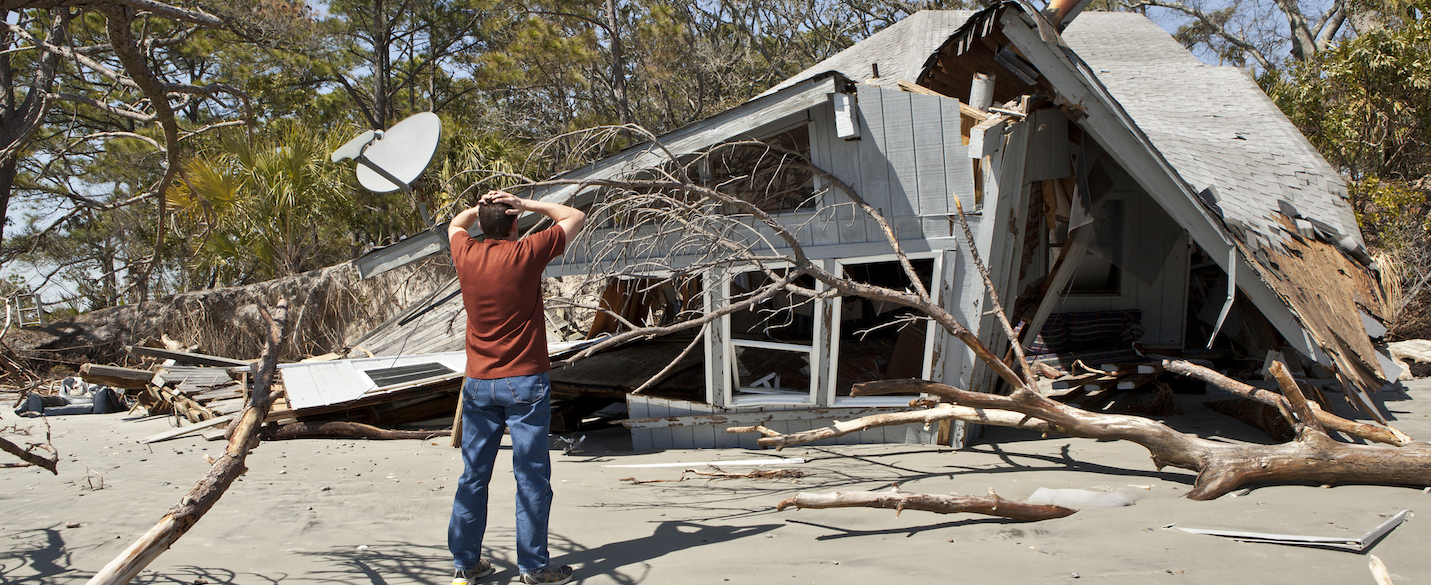
These qualified disaster losses can be taken without itemizing any other deductions; First, you must reduce the amount of the.

Business or commercial property owners may be able to deduct storm damage on their taxes.
Tax deductions for storm damage. A casualty is defined by congress and the internal revenue service as property damage or loss due to a sudden, unexpected, or unusual event. Review irs publication 547 on casualties, disasters and thefts and consider the following pointers regarding tax deductible damage and writing off losses after a storm in brenham, tx. Deductions for lost or damaged property, filing and payment extensions, and fee waivers can help taxpayers hit by a hurricane, wildfire,.
If you have insurance on the damaged property, you must file a claim and reduce the amount of your loss by. You must use insurance first. $50,000 in damage and $50,000 agi.
The irs requires each casualty loss is reduced by $100 that took place during the year. You must deduct casualty losses in the year that they occur. To claim a casualty loss,
And there are two important offsets that apply. So, now you have to go off the lower amount — $20,000. This means you can deduct your uncompensated damages on your tax return regardless of whether you itemize or not.
Next, you must add up all of your total losses for the year and reduce them by 10% of your adjusted gross. To qualify as a casualty, the damage should cause the timber to be unfit for use. A personal casualty loss is first reported on form 4684 (casualties and thefts).
When your company in lombard, il, encounters major storm damage, it will likely look at all of its options to save money and survive a devastating event. First, the casualty and loss tax break is an itemized deduction, so in order to claim it, you must itemize on your federal income tax return. The strategies and solutions for dealing with a disaster include many possibilities.
Under § 165 (i) (1), a taxpayer may elect to take into account any loss occurring in a disaster area and attributable to a federally declared disaster for the taxable year immediately before the taxable year in which the disaster occurred. The loss is equal to the cost (or basis) of the property destroyed or the decrease in the property’s fair market value if. The deduction only covers amounts above 10% of your agi.
Subtract $500 for each item that was damaged, destroyed, or stolen. The qualified disaster related loss is simply added to the standard deduction. Storms are not excluded from the definition, so a hail storm could cause a casualty loss.
Your home was documented to have a $50,000 reduction in fair market value, but your adjusted cost basis was $20,000. Here�s how to enter a casualty loss. How to claim a tax deduction for storm damage.
You can’t choose to not file a claim and claim a deduction for your full loss. In such a case, the casualty is treated as having occurred in the year for which the deduction is claimed. First, you must reduce the amount of the.
The irs limits the size of your allowable loss. That is, your total itemized deductions must exceed the. The internal revenue service refers to property damage from natural events as casualty losses.
According to irs publication 547, taxpayers can deduct the costs of property damage from an identifiable event that is sudden, unexpected or unusual, which includes a hail storm. On top of that, you have tornado insurance that covers $10,000 of the damage. But he also noted that tax law changes in 2017 increased the standard federal deduction to $12,000 for individuals and $24,000 for couples and that may affect whether it is beneficial for a.
Storm damage is considered a casualty loss. Business or commercial property owners may be able to deduct storm damage on their taxes. Your home is damaged by a tornado.
Texas residents should keep an eye out for a renewed or second “taxpayer certainty and disaster tax relief act.”. Additionally, the losses do not have to exceed 10 percent of the taxpayer’s adjusted. As of the time of publication, your allowable.
About tax deductions for storm damage calculating your loss. Stafford disaster relief and emergency assistance act, 42 u.s.c. You are generally eligible to deduct losses that result from disasters such as tornadoes, floods, blizzards, hurricanes, and other natural disasters.
Casualty losses are an itemized deduction claimed on form 1040, schedule a, line 20, supported by form 4684. Taxpayers who live within a federally declared disaster area caused by the winter storm may claim a deduction for property damaged by the storm. So, what’s left that was unpaid as part of your claim is $10,000.
Basic information on storm damage and tax deductions. Subtract 10% of your agi. This first act applied to federally declared disasters in 2018 through january 19, 2020.
If this spring’s violent weather has caused damage to your property, you may be able deduct a part of the cost of the damage from your taxes. Go to the federal taxes; Click “i’ll choose what i work on” scroll down to deductions and credits, click start across from casualties and thefts.
Perhaps the first is relying on a primary insurance. These qualified disaster losses can be taken without itemizing any other deductions; Taxpayers have the option of taking this deduction in 2020 if they have not yet filed their return for the year, or in the upcoming 2021 tax return.